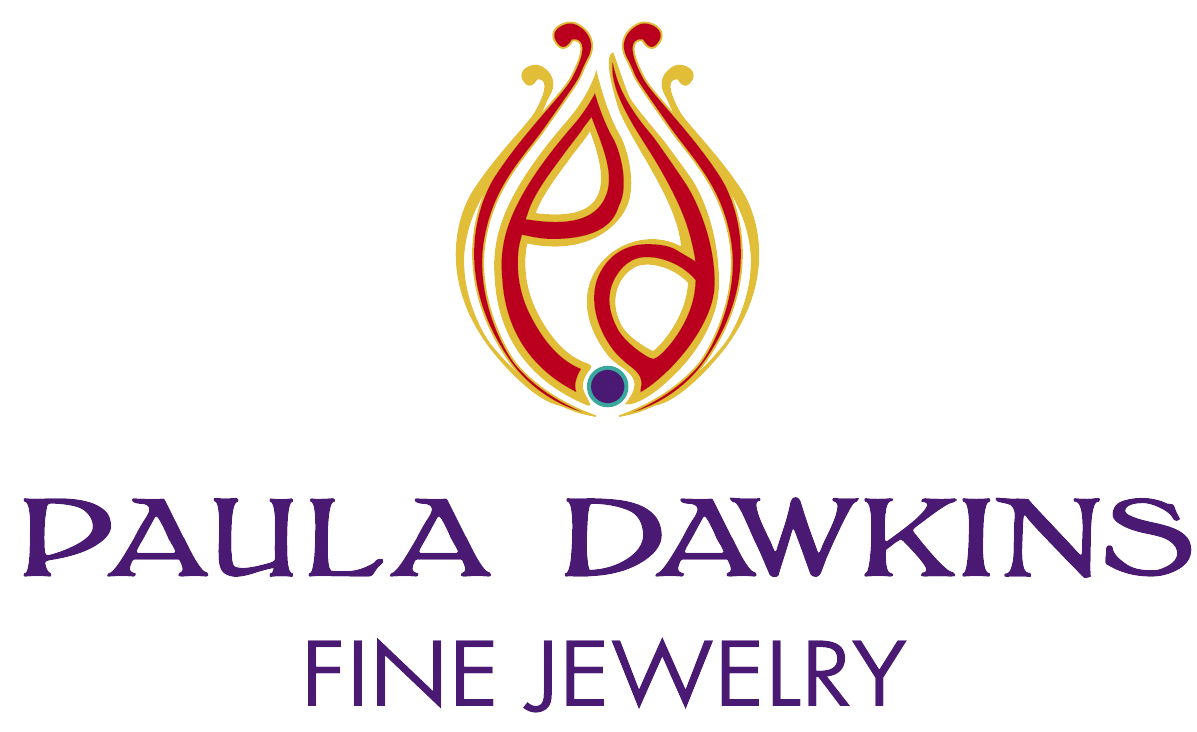 At Jewels That Dance, we believe, when buying a diamond, there is more to consider than just the 4 C”s. That is why we traveled to South Africa to ensure the diamonds we carry meet our standards: all of our diamonds are conflict free, no child labor is involved in the diamond mining or cutting process, and all the diamonds are extracted from the earth in an environmentally friendly manner.
At Jewels That Dance, we believe, when buying a diamond, there is more to consider than just the 4 C”s. That is why we traveled to South Africa to ensure the diamonds we carry meet our standards: all of our diamonds are conflict free, no child labor is involved in the diamond mining or cutting process, and all the diamonds are extracted from the earth in an environmentally friendly manner.
Paula Dawkins’ desire to expand her awareness beyond the scope of Asheville has led her throughout the world – much of Europe, India, Nepal, Thailand, and China. But it seemed there was still much left to know about South Africa and the mining of diamonds. It was important for her to see with her own eyes how the diamonds are tracked to avoid the hands of conflicting rebel movements, and to ensure that there was no child labor. She wanted to touch more of the diamond world than its luxury, to see the diamond beyond its romance and ascertain the bigger picture of the diamond trade. So, upon invitation from DeBeers she flew to South Africa with our store manager, Marlene Clevenger.
Discovered in 1961, the Finsch Diamond Mine carries a legacy of the world’s most magnificent diamonds. Over 70% of the most famous diamonds in history have been discovered in mines located in the South African region, including the Cullinan Diamond which weighs over 3,000 carats. The Finsch Mine is conscious of the environment, using only water methods to extract diamonds from their host rock, the kimberlite. The rock is re-processed after the initial diamond discoveries are made to avoid unnecessary digging. As a result of this thoroughness, nearly 2 million additional carats of diamonds have been discovered to date in the already-processed rock. In addition, Finsch implements programs that assist in re-establishing sustainable ecosystem where mining sites previously existed.
 The next step on this adventure was to the sorting house operated by DeBeers. In this building sitting in the middle of South Africa, diamonds from all the mines come to be sorted. Tables set below north facing windows were piled with rough diamond crystals. There highly trained individuals would look into each diamond and decide its potential. From there the diamonds journey to the cutting houses.
The next step on this adventure was to the sorting house operated by DeBeers. In this building sitting in the middle of South Africa, diamonds from all the mines come to be sorted. Tables set below north facing windows were piled with rough diamond crystals. There highly trained individuals would look into each diamond and decide its potential. From there the diamonds journey to the cutting houses.
Our trip led us to FestDiam Cutting works. It was founded nearly a century ago by the Dutch Meents family. With six generations of expertise to their name, FestDiam’s master cutters employ exquisite craftsmanship to transform rough diamonds into luminous masterpieces. Three generations of the Meents family are working together today, alongside of native South African citizens whom they train These individuals , who are frequently from less-advantaged communities, have stable, often lifelong jobs with FestDiam, and enjoy improved quality of life with health benefits, fair wage and pensions.
While in South Africa, Paula and Marlene not only received a grand education about diamonds , they also discovered far more than they ever expected to about humanity, benevolence and a township called Refilwe. Paula and Marlene visited Refilwe, where a village project serves nearly 50,000 severely disadvantaged people. In Refilwe medical care and much deserved attention is provided to AIDS stricken individuals, who are frequently shunned by the communities. Refilwe workers provide day care for the children, while teaching skills classes to help self-empower the adults to rise above their circumstances.
Paula and Marlene had the opportunity to meet and speak with some of these children, and were deeply touched by their spirit and need. Jewels That Dance has offered support to the Rifilwe project throughout the years.
The South African diamond’s legacy extends far past its journey from the mine to your ring or necklace. It touches many lives along the way, adding sparkle in the eyes of previously neglected children in Africa, and providing change that brings brilliance to the lives of many underprivileged.
